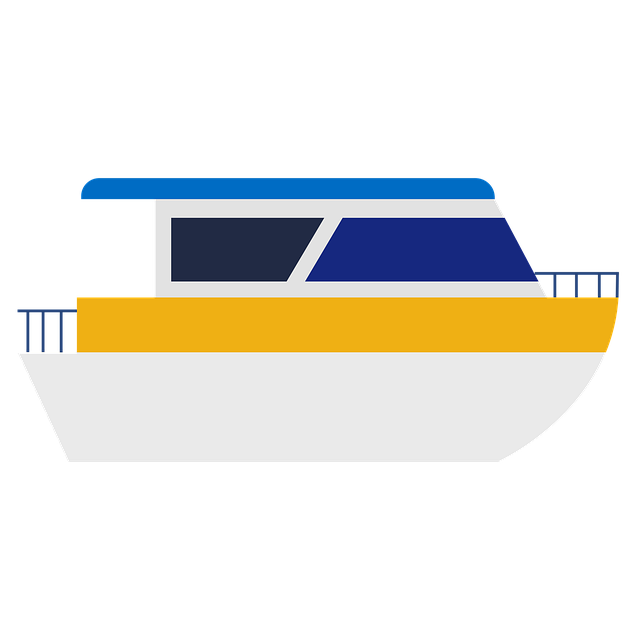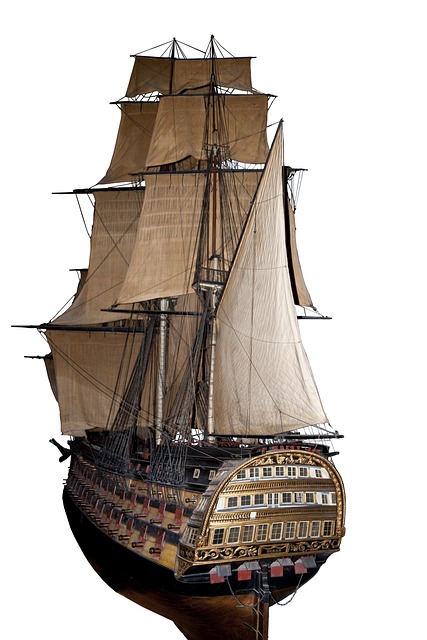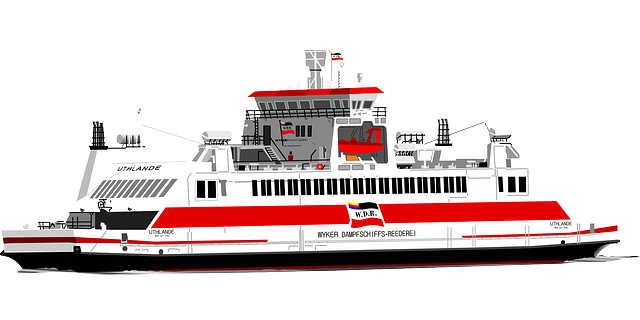When selecting a boat battery for your fishing needs, prioritize a model with an appropriate ampere-hour (Ah) capacity to support your electrical devices like trolling motors and fish finders throughout your trip. Opt for AGM batteries over lead-acid ones for their durability, lighter weight, better performance in extreme temperatures, longer lifespan, and minimal maintenance requirements. Additionally, ensure the battery has a suitable Marine Cranking Amps (MCA) rating for reliable ignition and engine starts, especially in adverse conditions. Consider your boat's size and electronic usage to balance Ah and MCA ratings for optimal performance. Research top boat battery brands, such as those offering AGM or lithium-ion options, and read user reviews to make an informed decision that ensures a dependable power source for your fishing trips. Remember to factor in long-term maintenance practices, including monitoring water levels for lead-acid batteries, storing the battery properly to prevent degradation, and cleaning terminals regularly to ensure consistent performance over time. Always consult manufacturer guidelines for specific care instructions. A well-maintained boat battery will not only last longer but also provide reliable power during your angling adventures.
Choosing the right fishing boat battery is a critical decision that can significantly affect your angling adventures. This article provides five indispensable tips to guide you through the process of selecting a battery that suits your specific needs. We’ll explore essential factors such as capacity, type, and usage, delve into the importance of Ampere-Hours (Ah) and Marine Cranking Amps (MCA) for extended fishing trips, and offer insights on the best size and brand for your boat battery setup. Additionally, we’ll cover vital maintenance tips to ensure your battery serves you reliably for years. Finally, we’ll look at compatible add-ons and upgrades that can enhance your battery’s performance on the water. Follow these guidelines to make an informed choice and keep your fishing expeditions powered up.
- Assessing Your Fishing Boat Battery Needs: Understanding Capacity, Type, and Usage
- The Importance of Ampere-Hours (Ah) and Marine Cranking Amps (MCA) Ratings for Long-Term Fishing Trips
- Key Considerations When Selecting the Right Size and Brand for Your Boat Battery Setup
- Maintenance and Care Tips to Maximize the Lifespan of Your Fishing Boat Battery
Assessing Your Fishing Boat Battery Needs: Understanding Capacity, Type, and Usage

When selecting a fishing boat battery that aligns with your needs, it’s crucial to consider several factors to ensure optimal performance and longevity on the water. Firstly, assessing the capacity of the battery is paramount. The capacity, often measured in ampere-hours (Ah), dictates how much energy the battery can store and deliver over a given period. For instance, if your fishing trips frequently involve overnight excursions or extended trolling, a high-capacity battery with a significant Ah rating will be more suitable than a less powerful one. This is because such trips require a steady power supply to run electronics like fishfinders, GPS systems, and lighting, in addition to starting the boat’s engine.
Secondly, the type of fishing boat battery you choose should match your intended usage patterns. There are primarily two types of batteries for marine applications: lead-acid and AGM (Absorbent Glass Mat) batteries. Lead-acid batteries have been the traditional choice but tend to be heavier and less resistant to shocks and vibrations, which can be common in a boat’s environment. In contrast, AGM batteries are more compact, offer superior performance in extreme temperatures, and have longer lifespans. They are also maintenance-free, which is an advantage for those who prefer a hassle-free experience on the water. Regardless of the type you select, understanding your battery’s capacity and usage demands will ensure that you invest in a boat battery that supports your fishing endeavors effectively.
The Importance of Ampere-Hours (Ah) and Marine Cranking Amps (MCA) Ratings for Long-Term Fishing Trips

When embarking on long-term fishing trips, selecting a fishing boat battery with the right specifications is paramount to ensure your journey is both enjoyable and successful. Among the critical factors to consider are Ampere-Hours (Ah) and Marine Cranking Amps (MCA) ratings. Ampere-Hours (Ah) determine the total amount of energy a battery can deliver over a given period, typically expressed in Ah for a 20-hour rate. This measurement is crucial as it informs you how long your electronics will run, such as trolling motors and fish finders, which are essential for the day’s catch. A higher Ah rating means longer operation times, a significant advantage when you’re miles offshore or in remote fishing spots.
On the other hand, Marine Cranking Amps (MCA) is a measure of the engine-starting capability of a battery. It indicates the amount of power a battery can deliver for 30 seconds at a specific temperature without dropping below 760 amperes. For long-term fishing trips, a high MCA rating is essential to guarantee your boat’s engine starts reliably in various conditions, especially when the cold cranks up or after several days of use. The interplay between Ah and MCA ratings ensures that your boat battery not only keeps your electronic devices powered but also provides the robust initial burst needed to start your engine. When choosing a fishing boat battery, it’s important to balance these two ratings with your specific needs, considering factors like the size of your boat, the number of electronics you plan to use, and the duration of your trips. Prioritizing batteries with optimal Ah and MCA ratings will enhance your on-water experience, ensuring that your focus remains on the excitement of fishing rather than on battery performance.
Key Considerations When Selecting the Right Size and Brand for Your Boat Battery Setup

When selecting a fishing boat battery, understanding the key considerations for size and brand is crucial for ensuring optimal performance and longevity on the water. The first factor to evaluate is the amp-hour capacity of the battery, which determines how much power it can supply over a given period. This should align with your boat’s energy consumption, considering factors like the size of your trolling motors, fish finders, and other electrical devices. A battery with too little capacity may fail you when you need it most, while an oversized battery might prove unnecessary and more costly.
Another significant aspect to consider is the type of battery that suits your fishing boat’s needs. Lead-acid batteries have been the traditional choice but are being gradually replaced by more efficient alternatives like AGM (Absorbent Glass Mat) or lithium-ion options. AGM batteries, for instance, offer spill-proof construction and a longer lifespan, making them a popular choice among anglers. Lithium-ion batteries, on the other hand, are lighter and can deliver more power, which is particularly beneficial for deep-cycle applications like those found in fishing boats. Regardless of the type you choose, ensure it’s from a reputable brand known for reliability and quality in marine battery applications. Conducting thorough research on the best boat battery brands and reading user reviews can guide your decision, as reliability in a remote location is paramount for any successful fishing trip.
Maintenance and Care Tips to Maximize the Lifespan of Your Fishing Boat Battery

When investing in a fishing boat battery, the commitment extends beyond the initial purchase. Proper maintenance and care are pivotal to maximize your battery’s lifespan and ensure it performs reliably on every excursion. Regularly check the water levels in flooded lead-acid batteries, ensuring they are at the appropriate specific gravity; this is crucial for optimal conductivity and voltage output. For maintenance-free batteries, monitor the charge level indicator to prevent deep discharges that can shorten battery life.
Storing your fishing boat battery correctly is also vital. Keep it in a cool, dry place, away from direct sunlight or extreme temperatures, which can degrade the battery’s performance and longevity. Before long-term storage, fully charge the battery and, if applicable, add a charge-maintaining battery tender to preserve its charge. Regularly clean terminals and cables to remove corrosion, ensuring a solid connection that doesn’t impede power flow or lead to shorts or misreadings. By adhering to these maintenance and care tips, you can extend the lifespan of your fishing boat battery and maintain its reliability on the water. Remember to consult your battery’s manufacturer guidelines for specific recommendations tailored to your particular model.
When selecting a fishing boat battery, it’s crucial to consider your specific needs, focusing on capacity, type, and usage patterns. Understanding Ampere-Hours (Ah) and Marine Cranking Amps (MCA) ratings is paramount for ensuring you have the power required for extended trips. Careful selection of size, brand, and maintenance routines will maximize your battery’s lifespan and performance. By adhering to these five essential tips for choosing the right fishing boat battery, you’ll be well-prepared for successful outings on the water. Remember to prioritize capacity and ratings, choose wisely based on your setup, and commit to proper care to enhance your fishing adventures.
